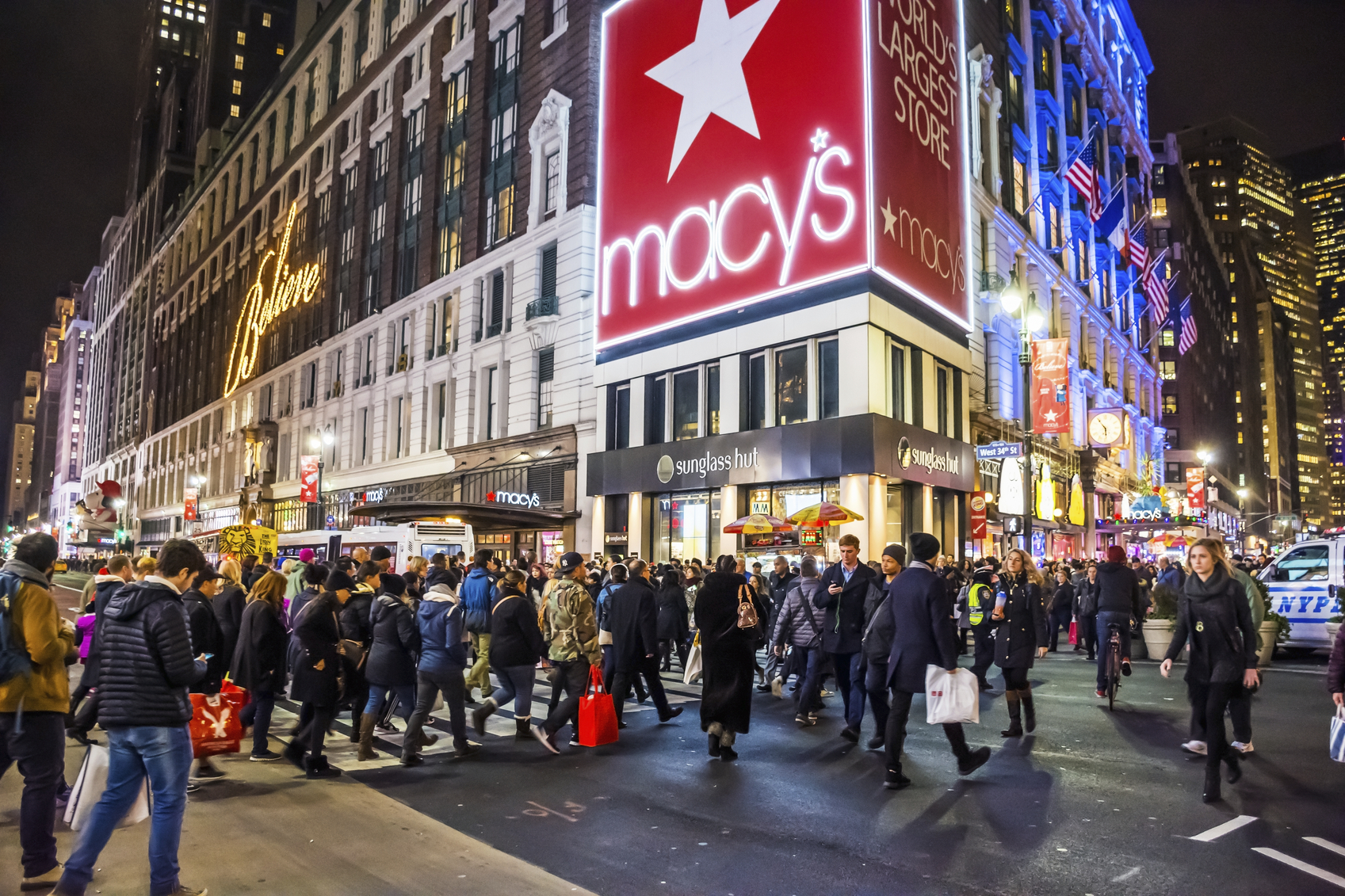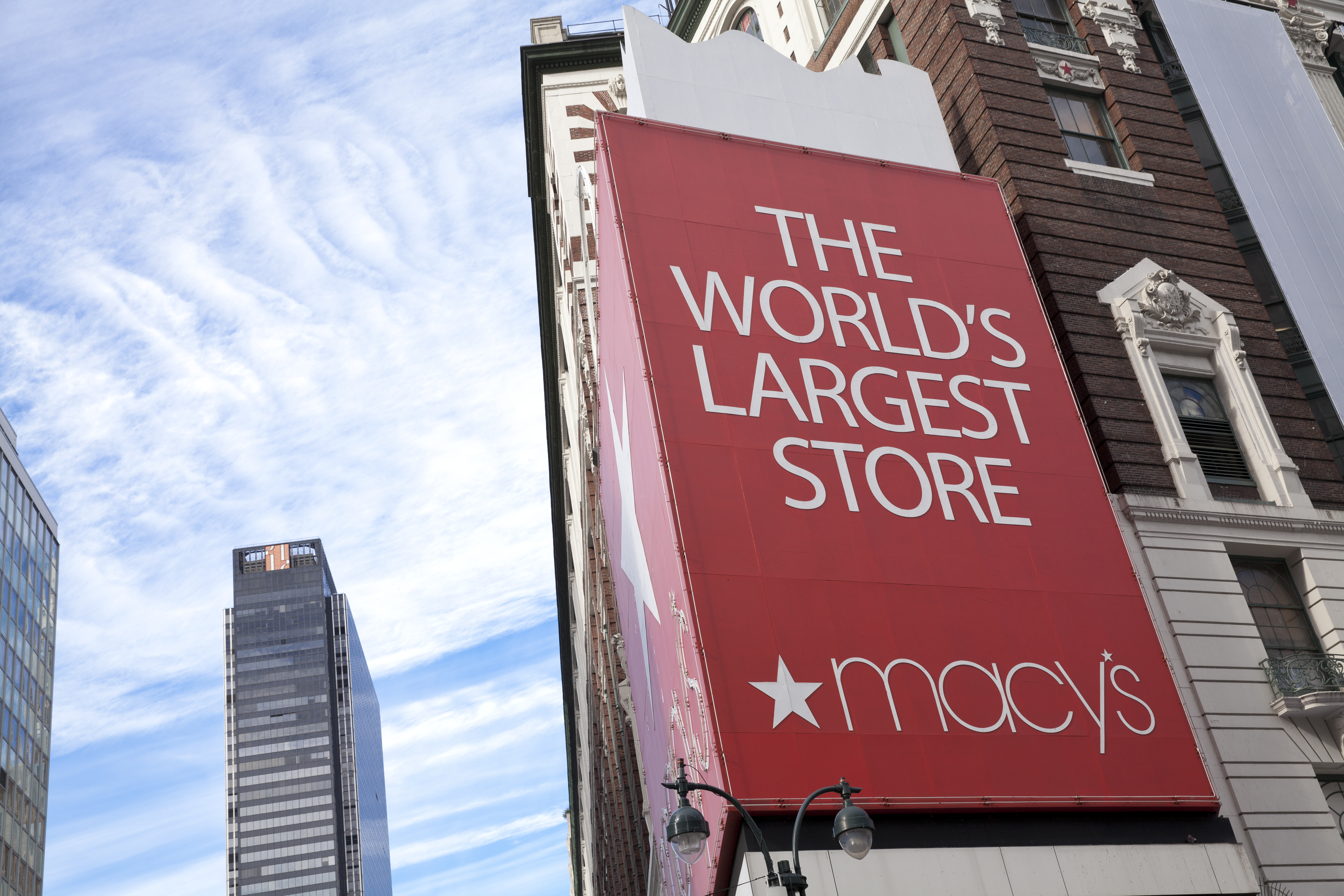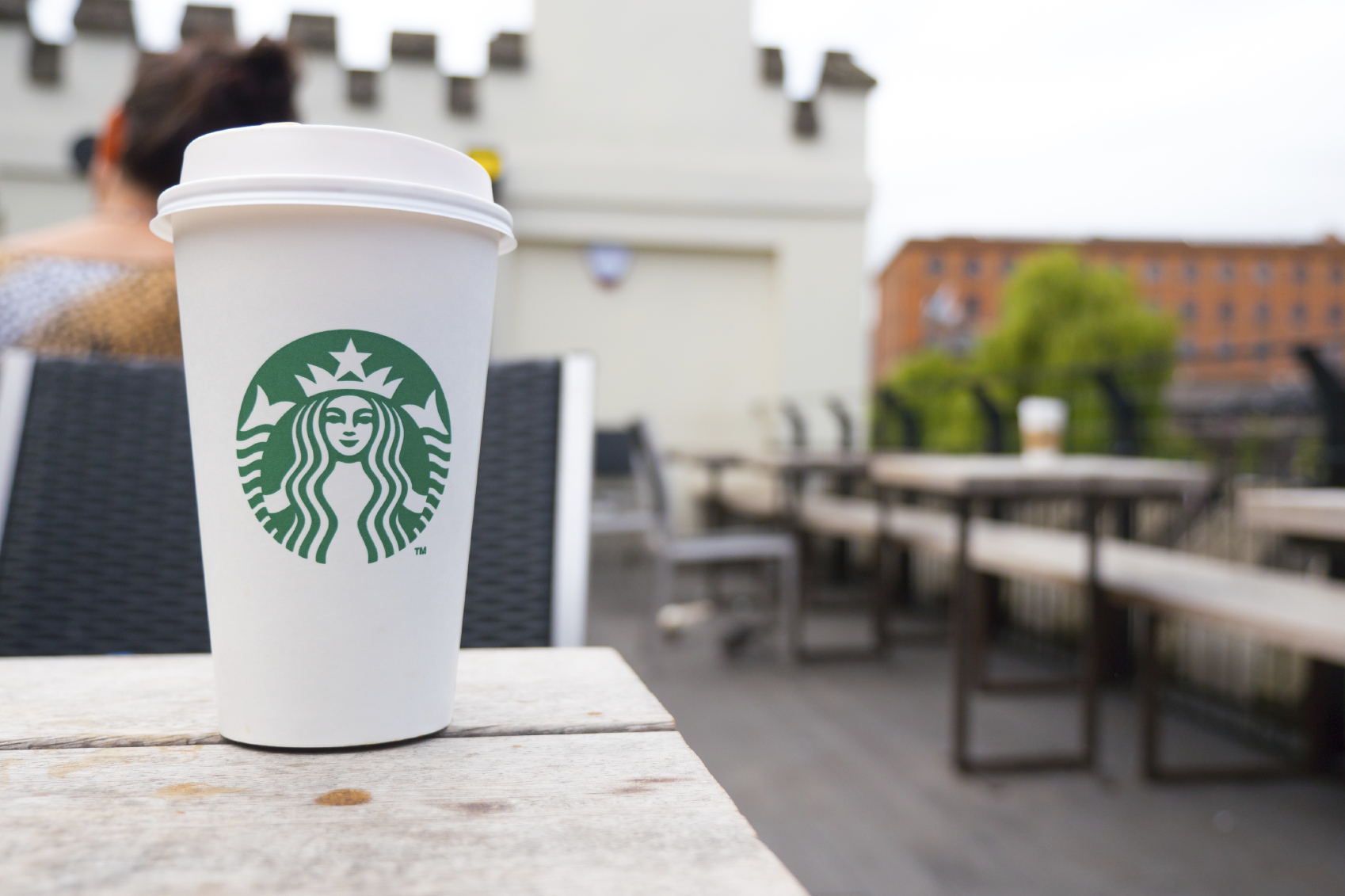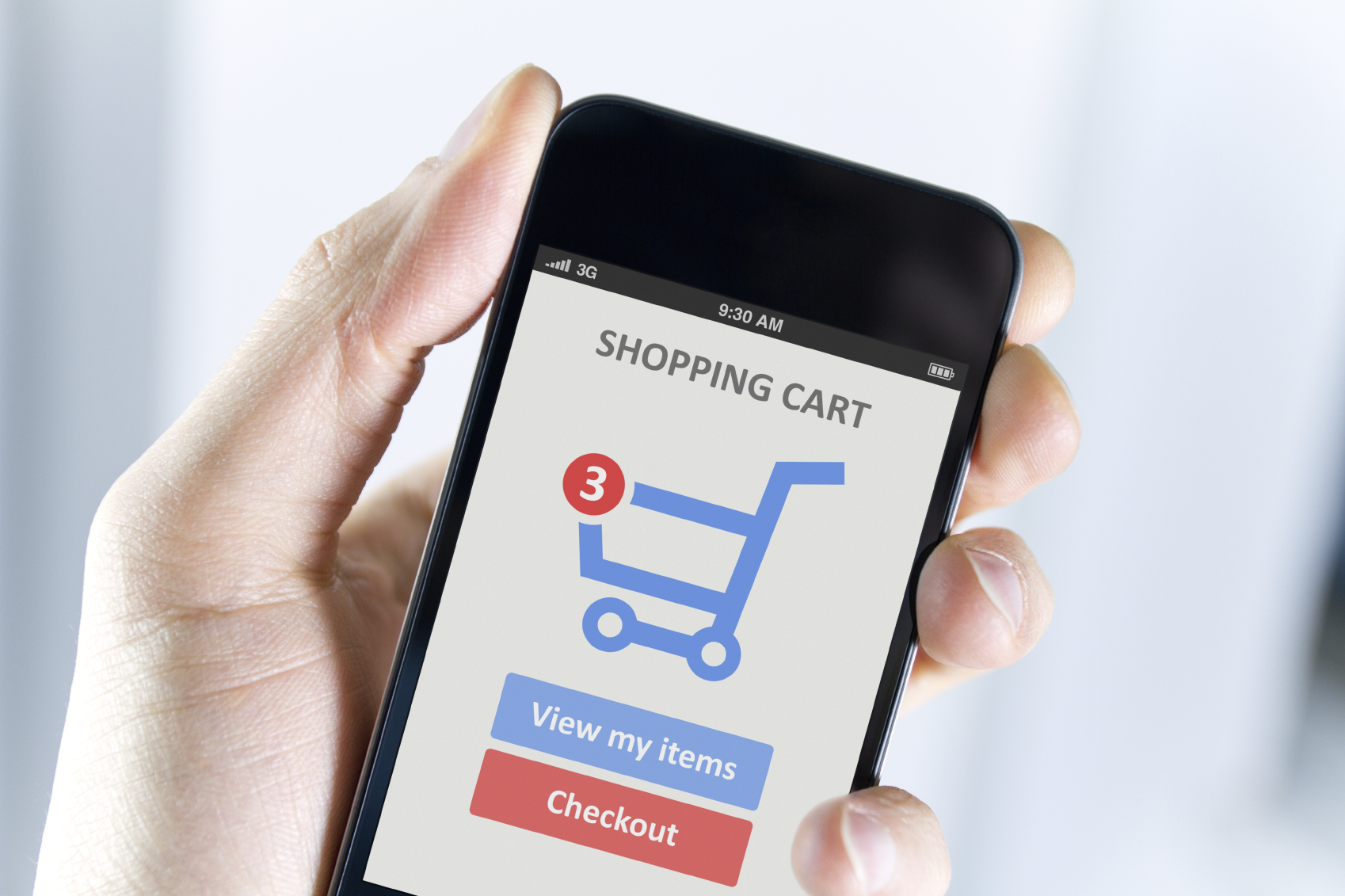What Happened
National department store chain Macy’s is tapping into the cognitive power of IBM’s cognitive cloud service Watson to create a web-based chatbot that can help shoppers navigate stores. Customers will be able to access the Macy’s On Call bot via their mobile browsers and ask the bot questions about where they can find certain products, store information, and store-specific events. As part of the pilot program, the digital shopping assistant will be able to help customers navigate ten select Macy’s locations around the country.
What Brands Need To Do
As we noted in our Medium post on branded chatbots, they are great for handling basic customer service and other single-focus tasks. Macy’s Watson-powered chatbot focuses on store navigation as it aims to enhance the customer experience with a digital touch. Other retailers looking to modernize their in-store experience should take note and start experimenting with new ways to connect with shoppers via mobile devices.
The Lab has extensive knowledge about building chatbots. If you’re interested in reaching your audience on messaging apps and better serving them with a chatbot, please contact our Client Services Director Samantha Holland ([email protected]) for more information or to schedule a visit to the Lab.
Source: VentureBeat




